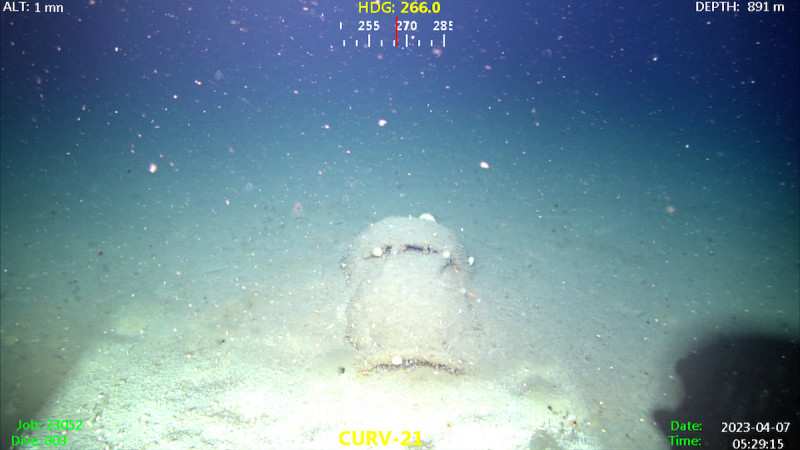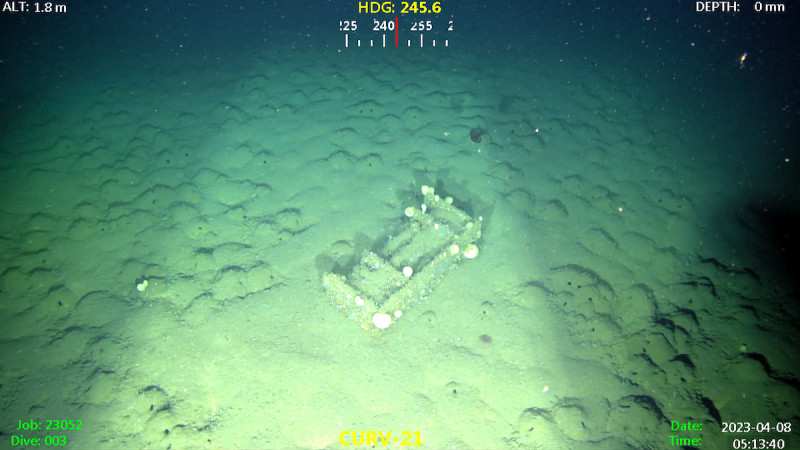A survey conducted using sonar and undersea robots has discovered a World War II-era munitions dump on the seafloor off California, researchers reported.
Oceanographers with the Scripps Institution of Oceanography at UC San Diego conducted the survey off Los Angeles in 2023, a Jan. 5 news release by the institution said.

The study followed an earlier survey in 2021 that found barrels scattered across the seafloor in the area, researchers said.
In the April study, oceanographers identified many of the objects as depth charges and other munitions over a 135-square-mile area, the institution said and the Los Angeles Times reported.
“These munitions are likely a result of World War II-era disposal practices,” the U.S. Navy said in a statement to the institution. “While disposal of munitions at sea at this location was approved at that time to ensure safe disposal when naval vessels returned to US ports, the Navy follows Department of Defense guidance for the appropriate disposal of munitions that aligns with state and federal rules and regulations.”
The Navy is reviewing the results of the newest survey to help determine a cleanup plan, the statement said.

The survey also found sunken fishing vessels, barrels of industrial waste and “whale falls,” or sunken whale carcasses, researchers said.
“The number of whale falls seems quite high relative to previous models of how many may occur on the seafloor off California,” said marine biologist Greg Rouse, who has studied the ecosystems around whale falls.
“However, the skeletons were mainly in very low oxygen water that likely slowed decomposition markedly and the burial rate by sediment may also be very slow there,” Rouse said. “This would mean the whale falls may have accumulated over many decades.”
___
© 2024 The Charlotte Observer
Distributed by Tribune Content Agency, LLC



